Madrid is a city of museums – there are nearly 50 of them, ranging from historical to whimsical. Once you’ve hit the big three – the unreal classic art collection at the Prado, the Reina Sofia, the modernist dream and home to Picasso’s masterpiece Guernica, and the extensive private collection at the Borneo-Thyssen – there are loads of lesser-known museums that are well worth the time.
If you’re looking for things to do on a rainy day in Madrid, these museums are open to the general public on most days and offer free afternoons or days throughout the year. Madrid’s cultural, historical and empirical legacy is one display at museums great and small, but here are the five best small museums in the Spanish capital:
Casa / Estudio Joaquín Sorolla
A museum so well hidden in the stately buildings of the Almagro district that you’d never know it was there. Joaquín Sorolla, a celebrated Valencian impressionist, worked and lived in this mansion and its tranquil gardens, designed by the artist himself. At the request of his widow, the home was turned over to the state in 1925 and houses the largest collection of his works.

Known for his dreamy, light-filled images of the Spanish coasts, his salmon-colored studio also showcases dozens of his paintings and sketches – as well as his paint brushes, sculptures and period furniture. If you can’t make it to the Louvre or the Art Institute of Chicago, the Sorolla is a perfect alternative.
Plan to spend about 90 minutes wandering the gardens and contemplating the artist’s work, the living quarters and the patio andaluz. There are seven separate galleries and nearly 1300 pieces on display.

Museo de Arqueología Nacional (MAN)
After a massive renovation, the National Archaeology Museum re-opened in 2014. Situated right off the Plaza de Colón in Barrio Salamanca, the museum chronicles human origins and the study of archeology, anthropology and sociology with a special focus on Spain. Ever since my first semester of college I’ve been fascinated by early hominids, housed on the first floor. As you snake up through the museum, you pass through millennia of human history and, indeed, Spain’s most important historical periods.

The building itself is a treat: in 1867, Queen Isabel II (yes, she of Madrid’s Canal) subscribed to the European trend of creating a museum heralding Spain’s legacy to humankind. Drawing from innumerable private collections, more than 13,000 items are on display today.
In 2008, the museum was shuttered for a six-year overhaul. Seen Night at the Museum? Those dusty display cases disappeared from the museum and exhibits became interactive, modernized and more fluid. The outer courtyards became enclosed to be used for sculpture and even a reconstructed tomb.
Of special note is the Dama de Elche, a sculpture believed to have had a funerary purpose and depicting a wealthy woman form the 4th Century BC. Found near the town of Elche, she has become a symbol of Spain (even Iberia’s Chicago-Madrid aircraft is named for her!).
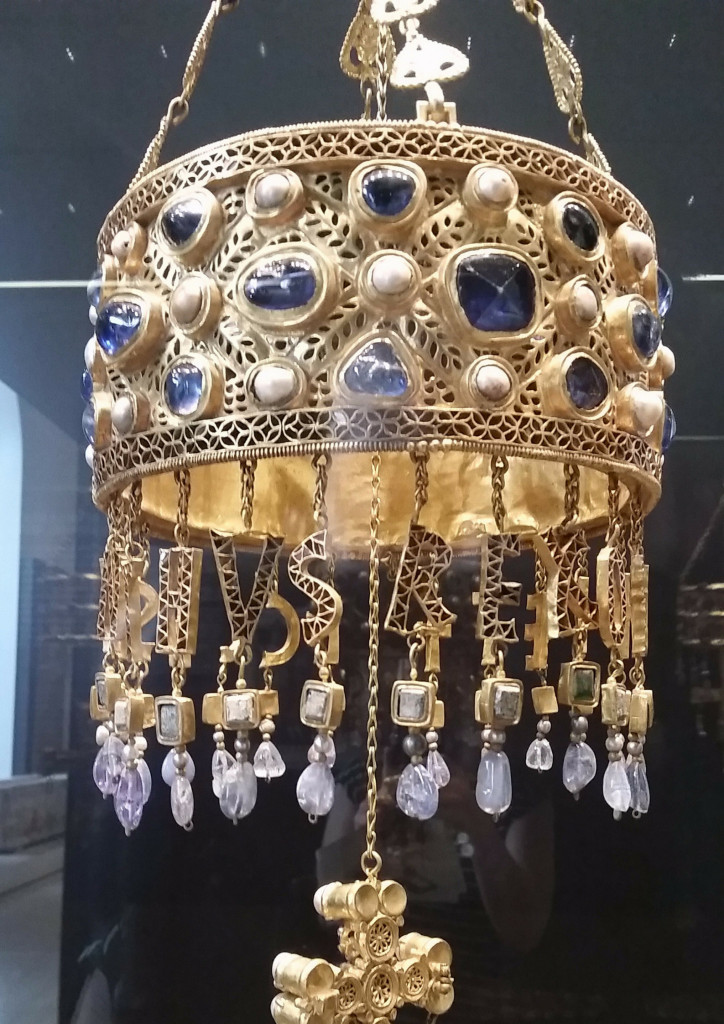
Other highlights are the Guarrazar Treasure and a crown worn by Visigoth king Recesvinto and the Bote de Zamora, a marble case expertly crafted by artisans in Medina al Zahara.
This museum needs 3-4 hours, depending on how much you want to read and watch. I was crunched for time and had to hurry through the Egyptian and Islamic collections. As everything was well-explained, I don’t feel an audio guide would be necessary.
There’s a free outdoor recreation of the 35,000-year-old charcoal paintings in the Atlamira caves with an inverted mirror. Located in Cantabria near Santillana del Mar, this UNESCO-lauded archaeological site is home to some of Europe’s oldest rock paintings, which depict animals like bison and horses.
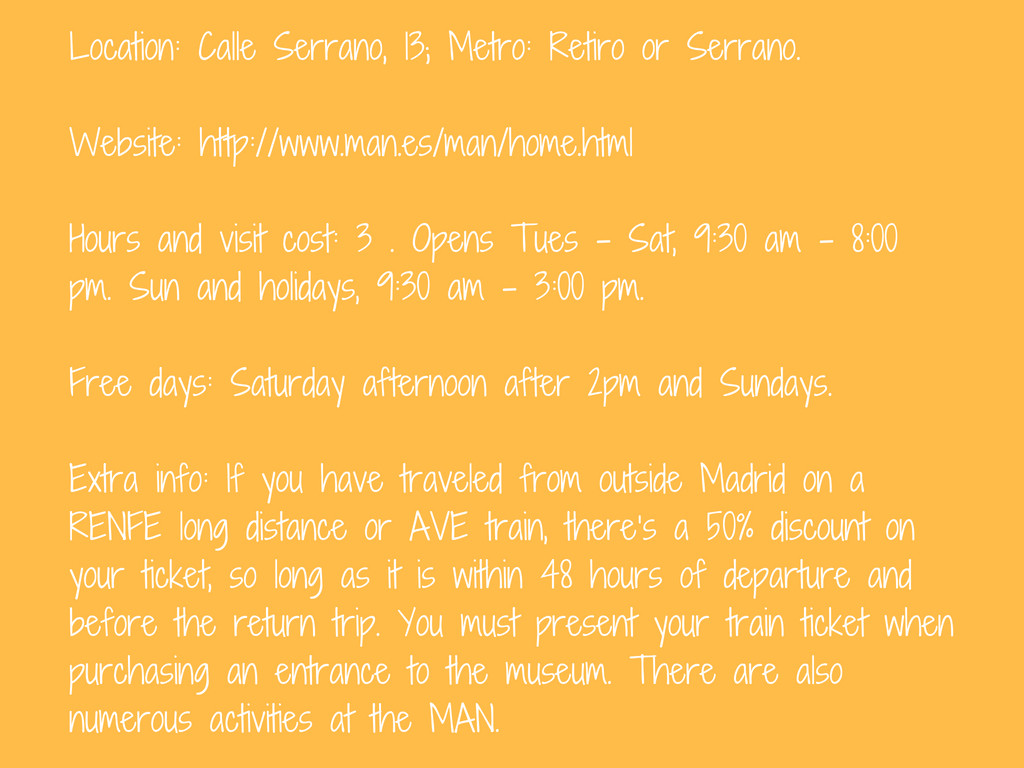
Real Fábrica de Tápices
I had a chance meeting with a woman who worked in patrimonial conservation at the Royal Palace of Madrid. Like me, she had neglected to check in for a flight to Brussels and we were nearly bumped off the flight. As I helped her navigate the Brussels Airport and how to claim lost luggage, she told me about one of her favorite spots in Madrid: the Real Fábrica de Tápices.
One of only two functioning tapestry factories in the world and in operation since the beginning of the 18th Century, the artisans – who train for 14 years! – generally make rugs and a few tapestries for royal families around the world nowadays. Moved in the late 19th Century to a building on the then-outskirts of Atocha, tapestries, primitive instruments still used today and gigantic looms fill a brick building.
What my mom and I loved best was that you actually see the artisans at work. An exposed attic is filled with threads and wool of every color stands over a room dedicated to restoration and tapestries. The (mostly) women and apprentices work simultaneously on an enormous loom, a roadmap of markings and colors to which they tie tiny knots for 8 hours a day. Their hands and knuckles reveal tick marks and rope burn from the threads. Another long nave sees about a dozen younger workers who learn the trade on commissioned rugs.
If you’re looking for a museum dedicated solely to tapestries, head out of the city to La Granja de San Ildefonso and pay for the museum entrance. The majority of the Spanish crown’s tapestries are located here.

Museo del Traje
While names like Balenciaga or Blahnik are household names, Spanish fashion extends though centuries. Located off of the A-6 highway, the Museo del Traje chronicles popular fashion from the medieval ages through today’s top Spanish designers, leading fashion icons – and even a new exhibit on fast fashion and Inditex (don’t miss it if you’re a slave to Zara!). Stemming from an exhibition nearly a century ago that exhibited regional dress, the museum moved from an exhibit in the Folk Art Museum to its own site bajo los focos.
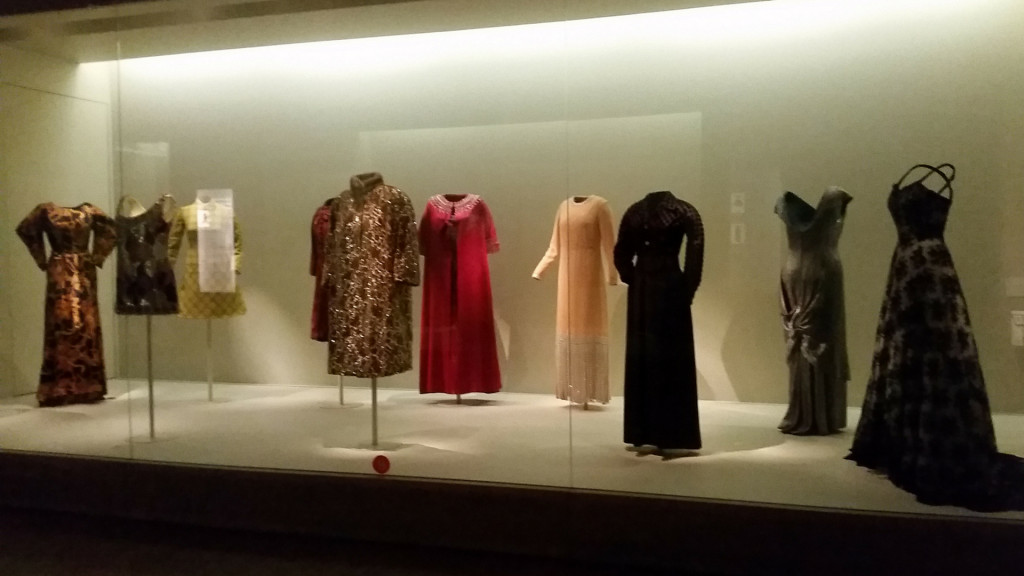
With low lights and attention to detail, the permanent exhibit tells a story through fabric and textiles in a avant-garde building and a modern touch. The most extensive exhibit is of fashion from the 20th Century, with a special nod to Fortuny. Ever the nostalgic, I loved seeing iconic dresses from big names in entertainment like the La, La, La and the post-Guerra Civil fashions.
Your visit should last 90 minutes or so, with a visit to the interesting offers that the temporary exhibits – with many loans from large fashion houses – bring.
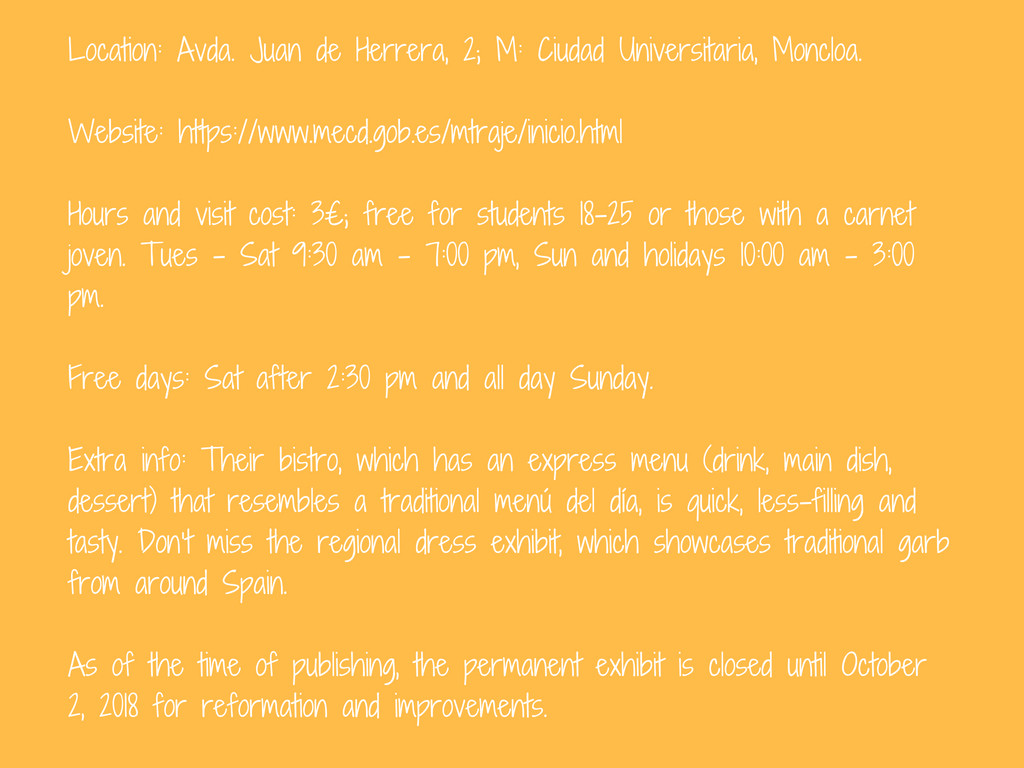
Andén 0
The Metro de Madrid, considered one of the best in the world, celebrates a century of operation in 2019.
If you’re ever traveled on Line 1, the system’s metro oldest line that slices right through Sol and connects the Atocha and Chamartín rail stations, you’ll notice there’s a slow down between the Bilbao and Iglesia stops. Channeling the creepy tunnel from Charlie and Chocolate Factory, this “ghost station” has been turned into a museum called Anden 0, or Platform 0.

When work was done to make the metro cars wider, the city decided it couldn’t widen the station at Chamberí because it was on a curve. So, they shuttered the entrances in 1966 and removed Chamberí from the metro map. The station, still operated under the Metro de Madrid as a centro de interpretación, offers a glimpse into Madrid’s radical growth in the 20th Century and was opened a decade ago.
There’s a short film (in Spanish with English subtitles) about the construction and boom of urban transportation in Madrid. What I loved is that it addresses how day-to-day operations underground went, which you can also view as you pass through old ticket lines and past old Línea 1 maps. While it’s not a long visit (45 minutes is sufficient), it’s cool to see preserved advertisements on the tiled walls and watch subway cars thunder past every few minutes.
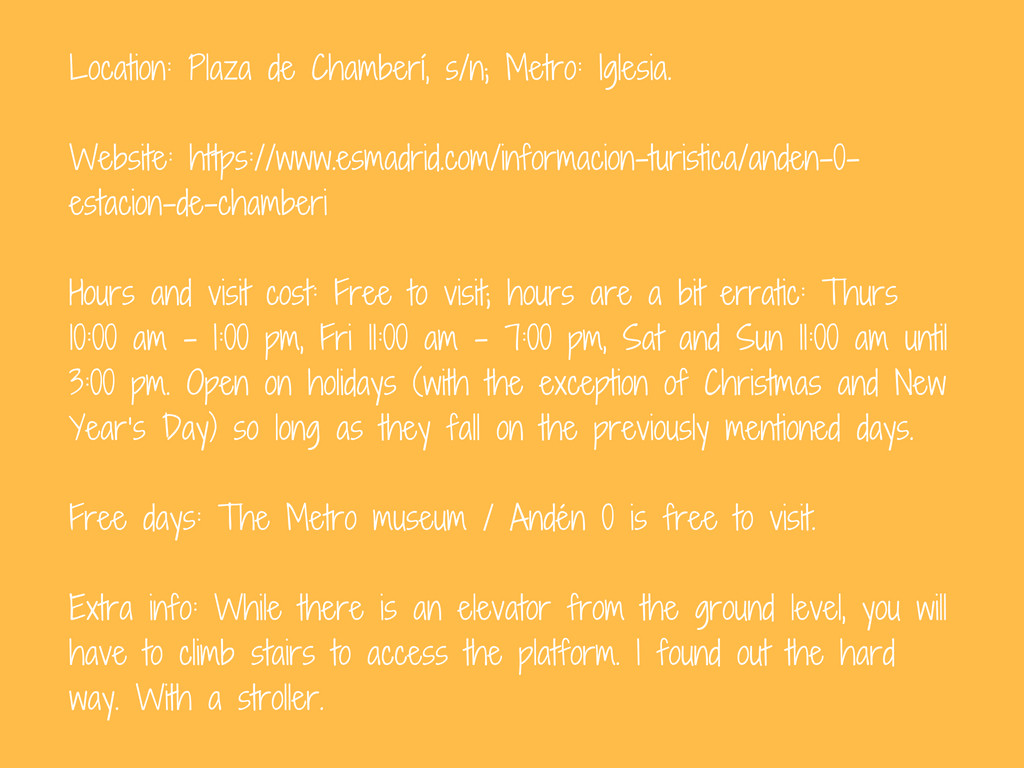
When do museums close in Madrid and Spain?
Many – though not all – museums in Spain close on Mondays. Be sure to check a museum’s website or a local tourism office for precise opening days and times.
Are there free museums in Madrid?
Yes! Apart from free days (be prepared for lines at the popular museums) and the Metro de Madrid exhibition spaces, there are several museums to visit in Madid without paying:
If you’re into history, the Museo de la Historia de Madrid in centrally located Malasaña, or the Museo de San Isidro are must-sees. Check out the Casa de la Moneda to see how money and currency has influenced trade and commerce in the New World and Europe.
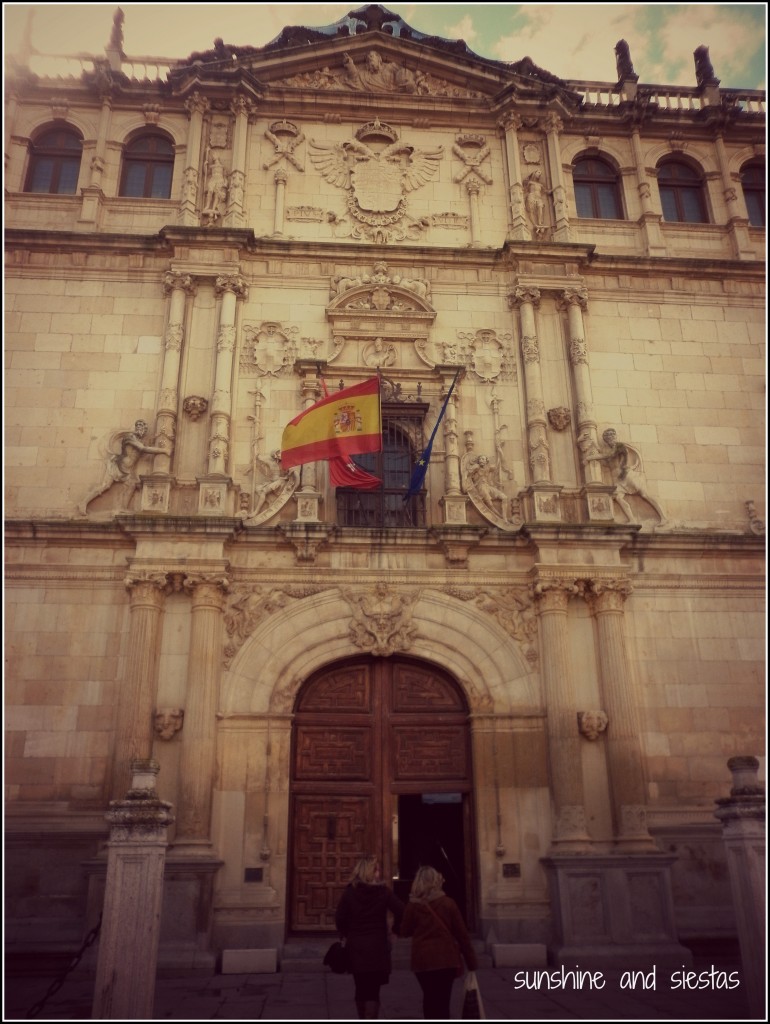
Literature lovers can visit the national library, the La Biblioteca Nacional, free of charge, in addition to the Casa Museo Lope de Vega (previous reservation required)
Both the Museo del Ejército del Aire and the Museo de la Armada are free of charge, though a 3 voluntary donation is suggested.
Although the Museo del Ferrocarril, a nod to the railway system, isn’t free, you can visit the trains and the old Delicias station free during the Mercado de Motores.
Other interesting offers are the Museo ABC, which houses collections of comics, drawings and news items; the Museo Africano, a space dedicated to the African continent in Arturo Soria; the fossils and minerals in a gorgeous neoclassical building at the Museo Ginominero and the Museo Tiflológico for the vision impaired.
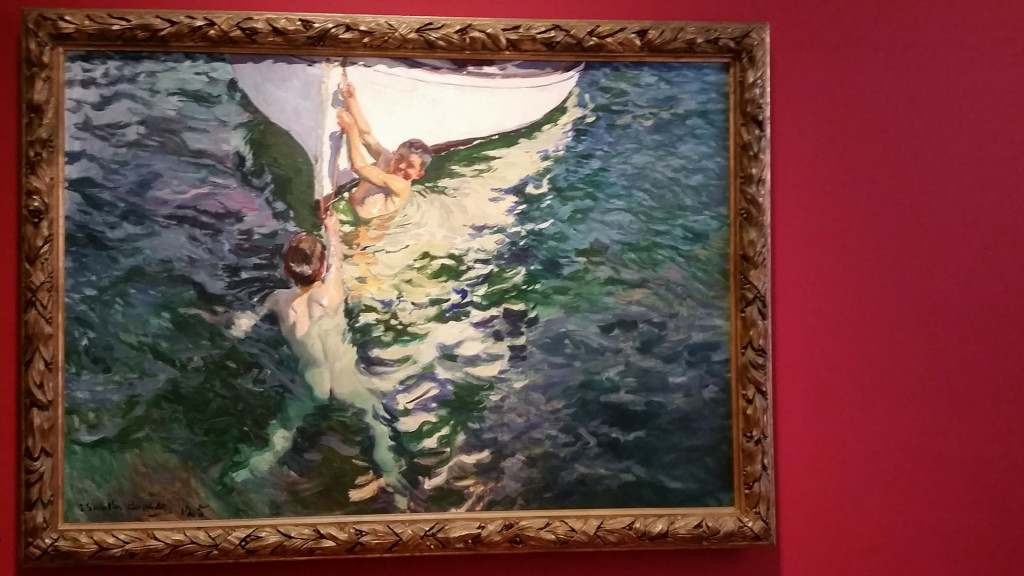
Don’t forget that Centro Cultural Conde Duque near Plaza de España, the Canal Isabel II Centro de Arte in Chamartín, the Palacio de Cristal in Retiro Park, Fundación Telefónica on Gran Vía and the Caixa Forum on Paseo del Prado often open their doors to free exhibits, mainly of art and photography.
You can also overdose on museums on free days throughout the year. These are typically on April 18, International Day for Monuments and Sites; International Museum Day in mid-May; October 12 for the National Holiday and December 6, Spanish Constitution Day.
Is there a city saver pass for Madrid museums?
Yes. If you plan to go museum hopping in Madrid, you could consider the state museums pass, which allows for unlimited visits to state-run museums in Madrid during consecutive days (including 10 options in the capital). Choose four, five or eight museums and purchase your pass, called the Abono de Museos Estatales, at participating museums.
You can also opt for an annual pass for 36,06€, giving you access to museums in Toledo, Valladolid, Cartagena, Valencia, Mérida and Santillana del Mar as well. Remember that general admission to Madrid museums is 3€.
Where can I find a list of museums in Madrid?
The Oficina de Tourismo, located in Plaza Mayor, has a list of museums with updated hours, free days and entrance costs. You can also consult the Museos de Madrid web.
Do you have any favorite museums in Madrid? I’m always up for suggestions – please comment below! If you liked this post, you can consider downloading the GPSMyCity app and purchasing the post, enabled with GPS coordinates and available offline, for your trip. A small portion of you purchase will go right back in to running this site!





